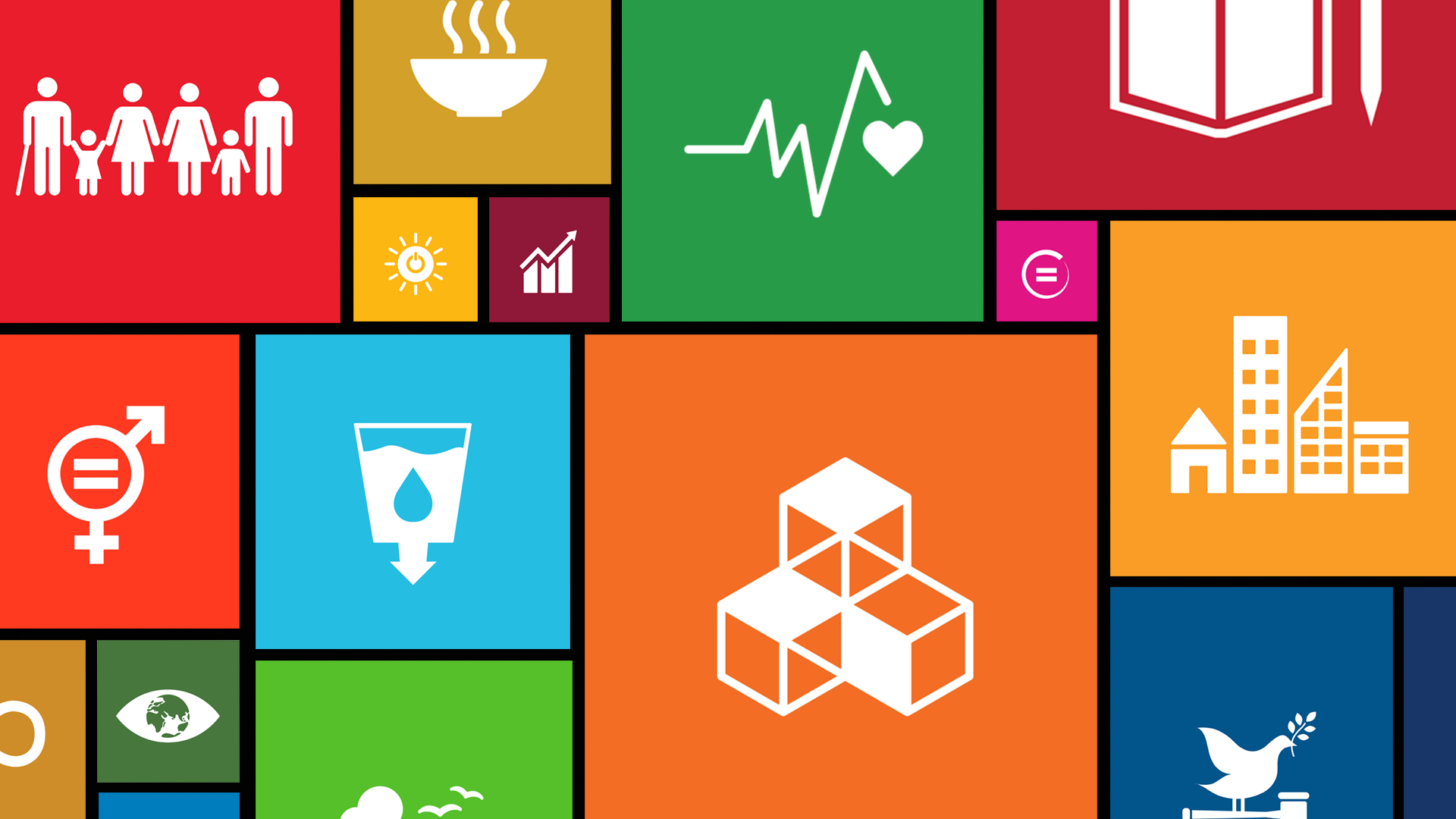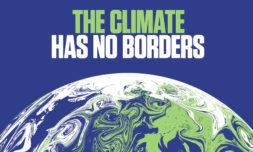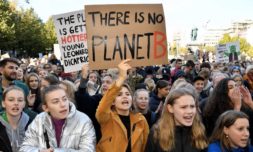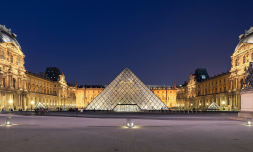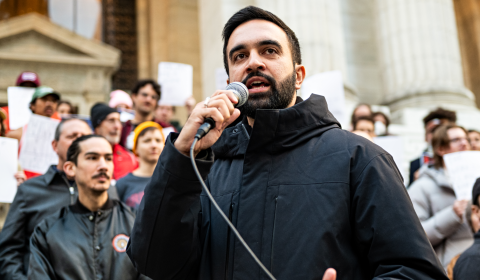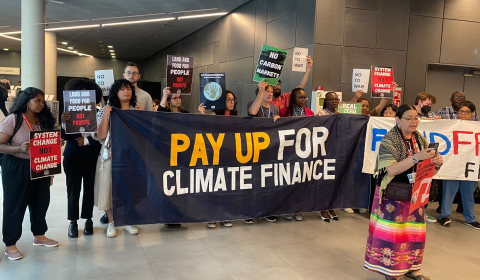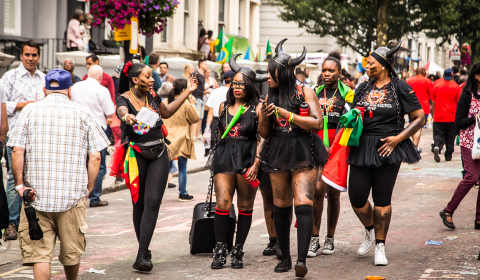The list of rules you might not have known the whole world was following.
We talk a lot about social change at Thred. We have a whole section for it on our website. We recommend companies who operate within a system of social change, we update you when newsworthy steps towards social change have been taken, and we’ve even published a guideline suggesting how best to get involved with social change programs. But rarely if ever have we defined what social change actually is. Who originally decided what kind of change we should be aiming for, and what counts as a win? If morality is relative, whose compass are we using?
In 2000, the United Nations council, along with all 191-member states, agreed on eight global development goals for the world to achieve by 2015. Included were the dictums: to reduce poverty and hunger; achieve universal education; promote gender equality; reduce child and maternal deaths; combat HIV, malaria and other diseases; ensure environmental sustainability; develop global partnerships.
These might seem like obvious ambitions, but before 2000 the world as a whole had never explicitly agreed on a universal moral framework for how leaders should run their countries. It was merely implied, and unanimously hoped for, that administrations, militaries, and corporations would intuit what was right and good, and try to maximise happiness, freedom, and wealth where they could. In fact, before the United Nations was created in the wake of the Second World War, nebulous nation states were expected to help the process of globalisation by reaching the same conclusion about what constituted fairness without even communicating.
In 2015 the UN produced a report summarising the end results of the development goals, where they stated that, ‘The MDGs helped to lift more than one billion people out of extreme poverty, to make inroads against hunger, to enable more girls to attend school than ever before and to protect our planet.’
Indeed, the landmark commitment entered into by world leaders—to ‘spare no effort to free our fellow men, women and children from the abject and dehumanizing conditions of extreme poverty’—was translated into wide-ranging practical steps that enabled people across the world to improve their lives and their future prospects. And, more than that, they drew a never before seen line in the sand between what humanity viewed as good and bad progress. They gave us official moral objectives.
But before the 2015 report was even published, the UN nation states met once again at the Rio+20 summit, looking forward to create new goals that aligned with the changing world once the theoretical timeline on the MDGs had expired. This time, they set their sights higher.
There was a broad agreement that whilst the MDGs had provided a lasting framework for governments – a focal point around which they can develop politics and regulate aid programmes – as well as a rallying point for NGOs to hold regiments to account, they were altogether too narrow.
They were mainly teleological, focusing on the outcomes of inequality rather than its root causes. They made no mention of human rights and didn’t specifically address economic development. Whilst the goals theoretically encompassed the whole world, in reality they were more targets for poorer countries with little mention of how wealthy nations could improve the global situation beyond providing aid. The UN figured it could do better.

So now the world is living by a slightly altered set of standards arrived at in 2015 called the Sustainable Development Goals, of which there are 17:









